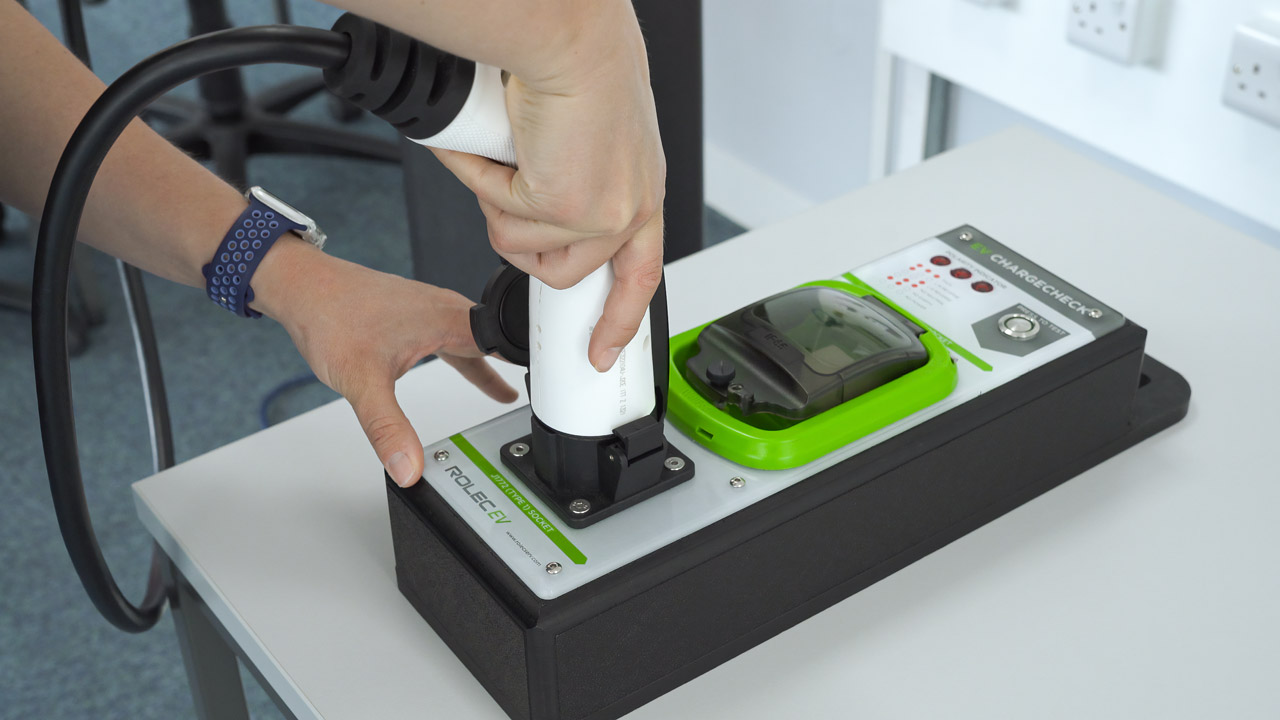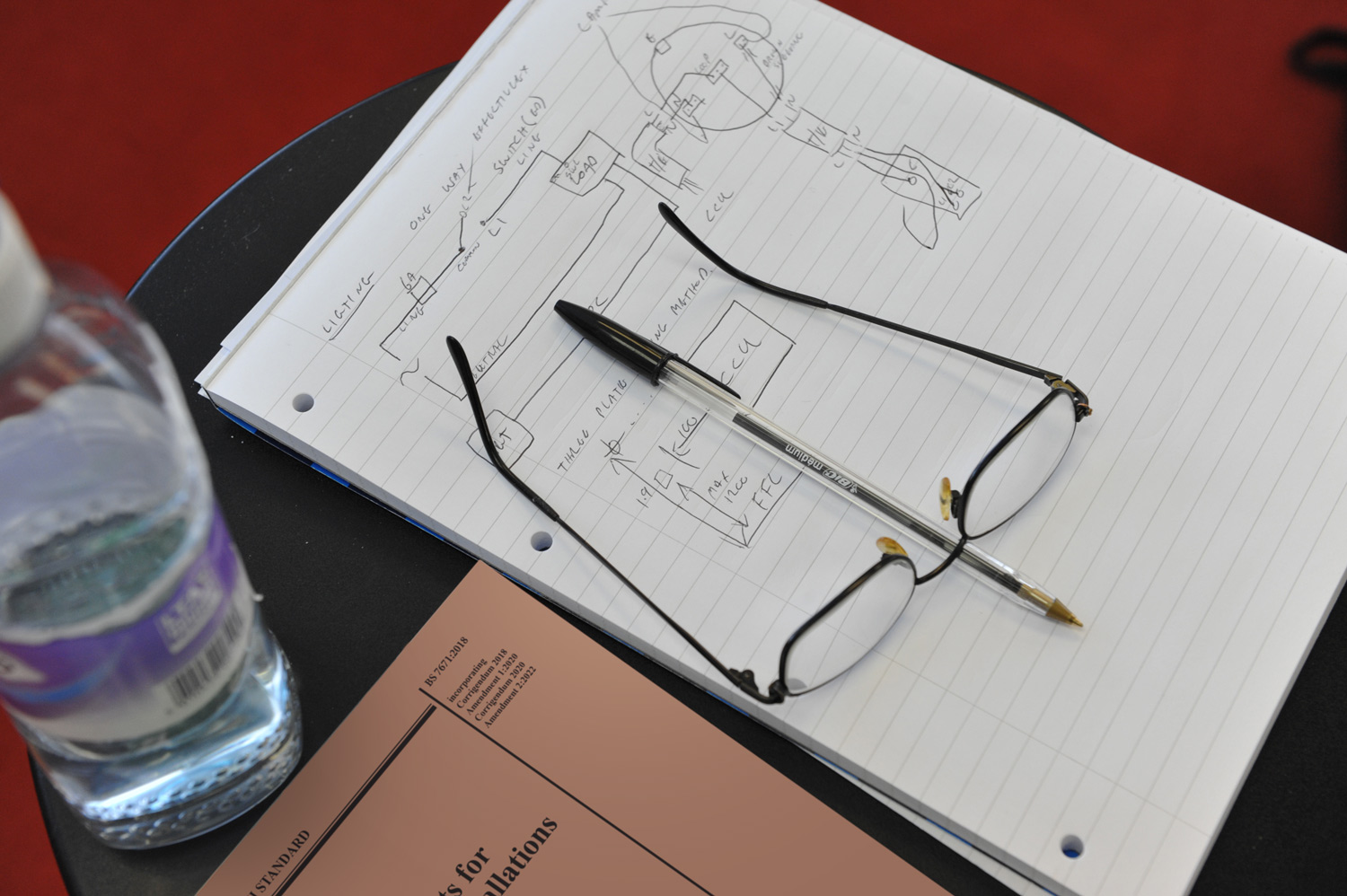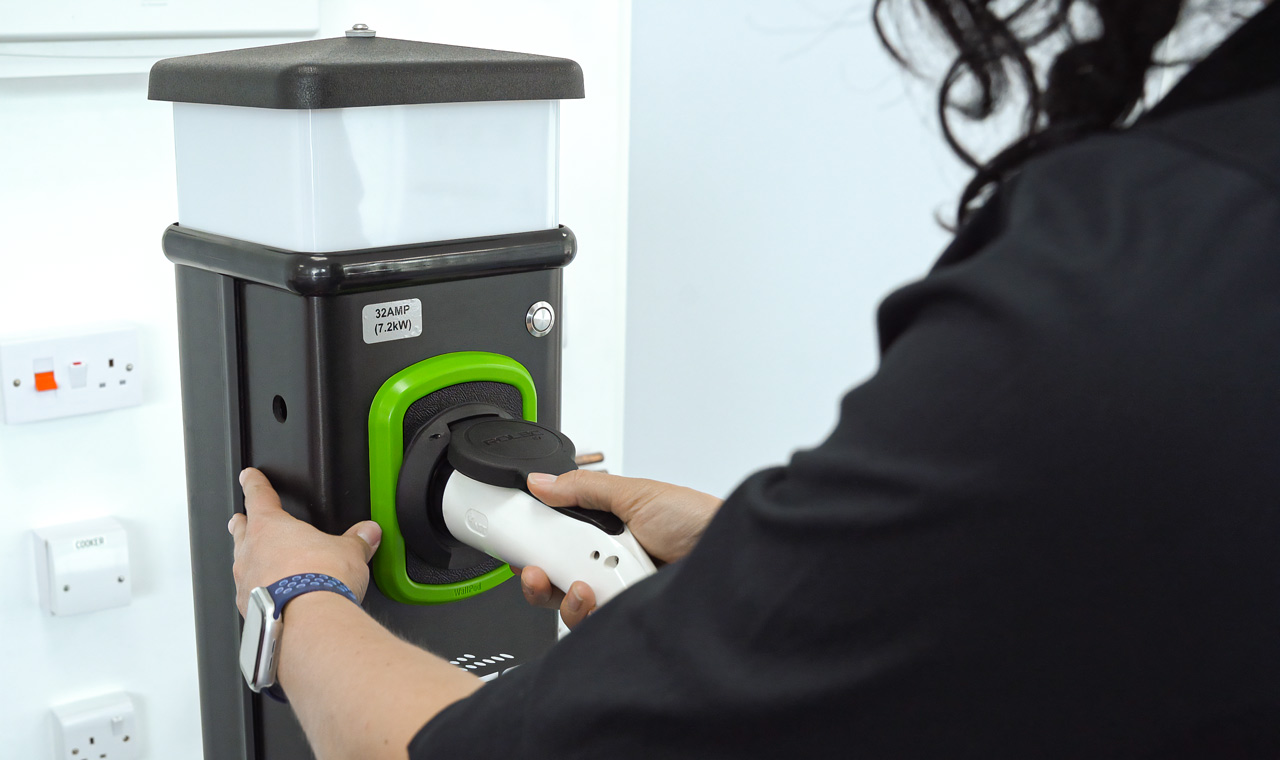In terms of electrical systems and installations, two terms that often perplex individuals are “earthing” and “bonding.” While both concepts are fundamental to ensuring safety and functionality, they serve distinct purposes. This article from TradeSkills4u, the leading electrician training course provider in the UK, looks at earthing and bonding, shedding light on their differences and emphasising their crucial roles in electrical systems.
What is Earthing?
Earthing, also known as grounding in some regions, is a safety measure designed to prevent electric shocks and minimise damage caused by fault currents. The primary objective of earthing is to provide a direct path for electrical currents to flow into the ground, thus reducing the risk of injury and equipment damage.
- Purpose of Earthing:
The fundamental purpose of earthing is to establish a low-resistance pathway for electric currents to dissipate into the ground in the event of a fault. When a fault occurs, such as a short circuit or a breakdown in insulation, the excess current flows through the grounding system and into the earth. This rapid dissipation prevents the build-up of dangerous voltage levels, safeguarding both people and equipment.
- Components of an Earthing System:
An effective earthing system comprises various components, each serving a specific role in ensuring safety. These components include:
- Earth Electrode: A conductive element, such as a metal rod or plate, driven into the ground to establish a connection with the earth.
- Earthing Conductor: A copper or aluminium conductor that connects the electrical installation to the earth electrode, facilitating the flow of fault currents into the ground.
- Main Earthing Terminal: The central point where all earthing conductors within an installation converge before connecting to the earth electrode.
- Equipotential Bonding: The interconnection of all conductive parts of an electrical installation to eliminate potential differences, minimising the risk of electric shock.
What is Bonding?
Unlike earthing, which focuses on directing fault currents into the ground, bonding is concerned with connecting conductive parts to ensure they are at the same electrical potential. The objective of bonding is to prevent potential differences between metallic objects and structures within an electrical installation, mitigating the risk of electric shock and fire hazards.
- Purpose of Bonding:
Bonding is essential for creating a uniform electrical potential among various metallic components, preventing potential differences that could lead to electric shock or spark ignition. This is particularly crucial in environments where metal structures, pipes, and equipment are interconnected, such as buildings, industrial facilities, and homes.
- Components of a Bonding System:
The key components of a bonding system include:
- Bonding Conductors: Copper or aluminium conductors that interconnect metallic components within an electrical installation, ensuring they are at the same potential.
- Main Bonding Jumper: The primary conductor that connects the main earthing terminal to the main distribution board, establishing a connection between the earthing and bonding systems.
- Supplementary Bonding: Additional bonding connections made to specific metallic components, such as water and gas pipes, to eliminate potential differences.
Bonding vs. Earthing
- Functionality: Earthing is primarily concerned with providing a safe pathway for fault currents to flow into the ground, preventing the build-up of dangerous voltages. Bonding focuses on creating a common electrical potential among interconnected metallic components, reducing the risk of electric shock and fire hazards.
- Path of Current: Earthing directs fault currents into the ground through an earth electrode, minimising the impact of faults on people and equipment. Bonding establishes a connection between metallic components to ensure they are at the same electrical potential, preventing potential differences that could lead to electric shock or fire.
- Components: Earthing involves components such as earth electrodes, earthing conductors, main earthing terminals, and equipotential bonding. Bonding components include bonding conductors, main bonding jumpers, and supplementary bonding connections.
Importance of Earthing and Bonding:
- Safety: Earthing mitigates the risk of electric shock and minimises equipment damage by providing a low-resistance path for fault currents to dissipate. Bonding prevents potential differences between metallic components, ensuring the safety of individuals and reducing the likelihood of fire hazards.
- Equipment Protection: Earthing safeguards electrical equipment by diverting fault currents away from the installation, preventing damage and ensuring operational integrity. Bonding protects equipment from potential differences that could lead to corrosion, degradation, or malfunction.
In conclusion, while earthing and bonding are integral components of electrical safety, they serve distinct purposes within an electrical installation. Earthing focuses on directing fault currents into the ground to prevent electric shock and equipment damage, while bonding establishes a common electrical potential among interconnected metallic components to mitigate the risk of electric shock and fire hazards. Both systems are essential for ensuring the safety and functionality of electrical installations, emphasising the importance of understanding and implementing proper earthing and bonding practices.
How do I tell if my house has the correct earthing and bonding?
Ensuring that your house has the correct earthing and bonding is paramount for electrical safety. Here are several indicators and steps to help you determine if your house has the proper earthing and bonding:
- Check for Visible Earthing Components:
Look for visible signs of earthing components such as earth electrodes, typically metal rods or plates, installed near the main electrical panel or meter box. These electrodes create a connection between your electrical system and the ground.
- Inspect Main Earthing Terminal (MET):
Locate the Main Earthing Terminal (MET), which is the central point where all earthing conductors within your home converge before connecting to the earth electrode. It is often situated near the main distribution board.
- Examine Earthing Conductors:
Inspect the earthing conductors. These are usually copper or aluminium cables that connect the MET to the earth electrode and form the pathway for fault currents to dissipate into the ground.
- Verify Equipotential Bonding:
Ensure that equipotential bonding is in place. This involves connecting all conductive parts of an electrical installation to eliminate potential differences and reduce the risk of electric shock. Bonding conductors should link metal components like pipes, heating systems, and electrical equipment.
- Consult Electrical Plans and Documentation:
Review the electrical plans and documentation for your house. These documents often provide information about the design and installation of the earthing and bonding systems.
- Professional Inspection:
Consider hiring a licensed electrician to conduct a thorough inspection. Professionals can use specialised tools to measure resistance and verify the effectiveness of the earthing system.
- Check Compliance with Local Codes:
Ensure that your earthing and bonding systems comply with local electrical codes and regulations. These standards are in place to guarantee the safety and reliability of electrical installations.
Generally, only trained electrical installer can verify if the earthing and bonding is correct. This is because they will need to ensure the following three things:
- That the earthing and bonding is actually there
- That it is of the appropriate size
- And finally, that it has been correctly connected
As with most things related to electrical installation never assume and guess everything is fine just because it looks normal. If in doubt, give a professional electrician a shout.
Get the Best Electrician Training Courses in the UK with TradeSkills4U
If you’re seeking to increase your electrical expertise or get certification as a UK electrician, TradeSkills4U provides a wide array of electrician training courses. Our inclusive programs include both foundational qualifications and electrical apprenticeships, as well as specialised skills development. Get in touch with our team today to discover more about the best electrician training programs in the UK.




















